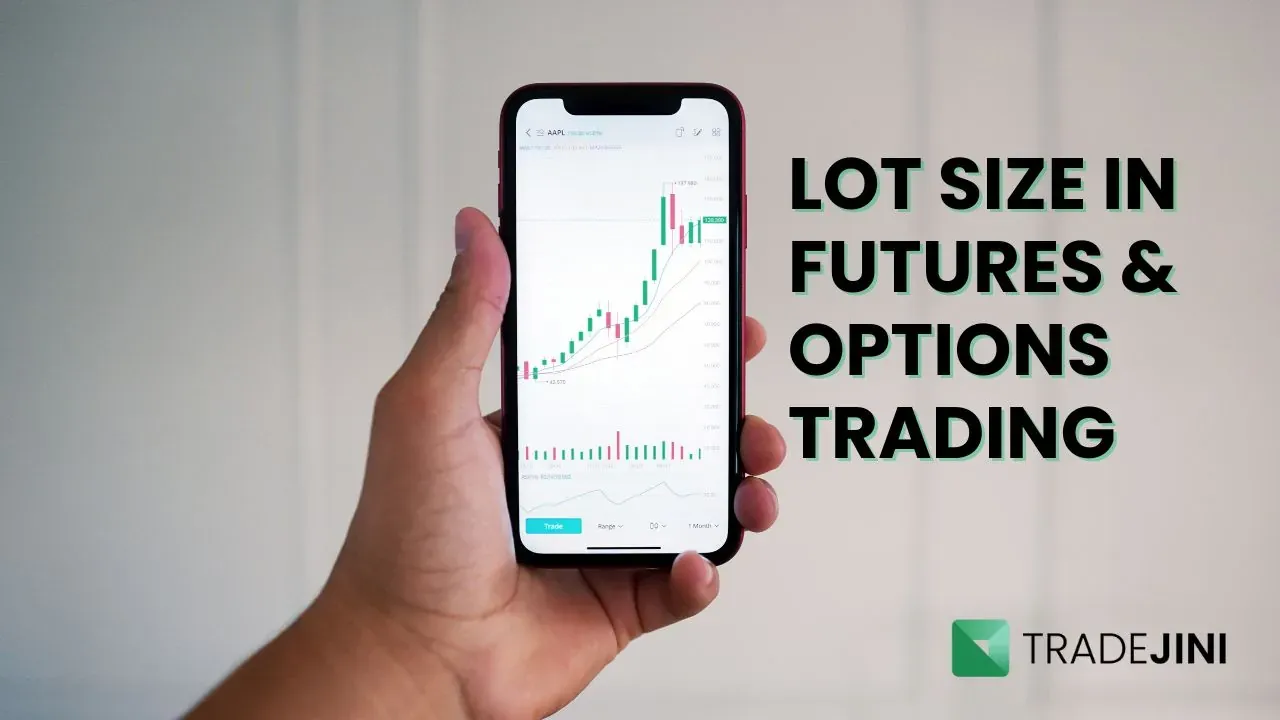The Story Of Haldiram From Local to Global
_11zon%20(1).webp?alt=media&token=83d64d76-0799-460e-801f-f51f9317853f)
Imagine walking through the bustling streets of Bikaner in 1937. The sun blazes over the sandy roads, vendors call out their wares, and the air is rich with the aroma of roasted spices and sizzling oil. Horse carts clatter by, dust swirling in their wake, and amid this vibrant scene stands a modest shop. Behind the counter is a young man, Ganga Bishan Agarwal—affectionately known as Haldiram Ji—his eyes alight with ambition and a vision for the future.
Haldiram Ji wasn’t merely preparing snacks; he was crafting a legacy. Drawing inspiration from his aunt’s recipe, he developed his own unique version of bhujia. While others sold their bhujia at 2 paise per kilo, Ganga Bishan boldly priced his at 5 paise, placing a firm bet on quality over cost-cutting. It was a risky move, but he trusted his instincts—believing that people would pay for something exceptional. His faith paid off as the demand for his bhujia steadily grew.
Progress came swiftly. That humble shop soon produced 200 kilograms of bhujia each week. By the 1940s, the price of his bhujia had surged to 25 rupees per kilo—an astonishing amount for the time—yet customers couldn’t get enough. Bhujia had evolved from a simple snack into an emblem of Bikaner’s rich culinary heritage. The Haldiram group of companies has expanded significantly over the years, with multiple plants across India and a presence in over 80 countries. The brand has grown from a single shop in Bikaner to a multinational powerhouse with a portfolio of over 410 products, including snacks, sweets, frozen foods, and healthy options. The group’s various businesses continue to innovate and maintain a strong presence in both domestic and international markets.
From the heart of Rajasthan to store shelves across the globe, the journey of Haldiram’s is a testament to family values, relentless hard work, and an unwavering commitment to taste. Let’s dive deeper into this remarkable story.
The Early Days: A Foundation Built on Grit and Innovation
To truly understand Haldiram’s ascent, we must travel back to the 1930s in Bikaner—a city where trade, tradition, and food intermingled. Ganga Bishan Agarwal came from a lineage already steeped in culinary expertise. His grandfather, Tansukh Das, had been running a small sweets and snacks shop since 1918, crafting beloved treats like laddoos and pedas for the local community.
However, Ganga Bishan wasn’t content with simply maintaining the status quo. He possessed a spark of innovation and a desire to create something extraordinary. Drawing from his aunt’s traditional bhujia recipe—crafted with moth beans instead of the more commonly used gram flour—he began experimenting. He meticulously adjusted the spice blend, perfected the crunch, and ultimately named his creation “Dongar Sev” in honor of Bikaner’s Maharaja Dungar Singh.
Bhujia, it turns out, is more than just a snack—it’s a craft. Achieving the perfect texture requires frying moth bean flour at precise temperatures, a technique Ganga Bishan honed through endless trial and error. He was known for personally taste-testing every batch, adjusting the spices until even his neighbors couldn’t resist sneaking handfuls of the crispy treat.
This attention to detail set him apart. While others focused on bulk sales, Ganga Bishan emphasized quality and consistency. His shop became synonymous with fresh, flavorful snacks, fostering a loyal customer base. It wasn’t long before word spread. By the 1940s, his shop was producing 200 kilograms of bhujia per week—a clear sign that his approach was resonating with the public.
Raising the price to 25 rupees a kilo wasn’t a mere business strategy; it was a reflection of his confidence in his product. Customers were willing to pay a premium because they recognized the value in what he was offering. More than just a businessman, Ganga Bishan became a trusted figure in the community—a familiar face who greeted customers by name and took genuine interest in their lives. This personal touch, combined with an unwavering dedication to quality, laid the foundation for what would become a global brand.
From a small shop in Bikaner to international markets, Haldiram’s journey is a masterclass in blending tradition with innovation, proving that with the right mix of passion and perseverance, local dreams can indeed conquer global horizons.
Spreading the Love: Family, Food, and New Frontiers
By the time the 1950s rolled around, Ganga Bishan Agarwal was ready to take Haldiram's to new heights. This was no longer a one-man show—his sons had joined him, eager to carry the family legacy forward. The turning point came in 1957 during a wedding in Kolkata. Amid the city’s bustling streets, filled with the aroma of puchkas, kathi rolls, and mishti, Ganga Bishan saw an opportunity. Kolkata’s culinary scene was rich and diverse—why not introduce his signature bhujia to this vibrant market?
With that spark of inspiration, they set up “Haldiram Bhujia” in the heart of Kolkata. At first, the locals were skeptical. Rajasthani snacks in Bengal? It seemed like a bold gamble. But all it took was one bite. The crunch of perfectly spiced bhujia resonated with the crowd, and soon, word spread like wildfire. Haldiram's wasn’t just selling snacks anymore—they were becoming a part of celebrations. Be it Diwali gatherings or long train journeys, their treats became a nostalgic link to home for many.
By the 1970s, the next generation was steering the ship. Shiv Kishan Agarwal, Ganga Bishan’s grandson, was a man with a vision. He wanted to spread Haldiram’s magic across India. In 1970, they opened a plant in Nagpur—a strategic move targeting western and southern markets. Simultaneously, a larger setup emerged in Jaipur to cater to Rajasthan and neighboring regions.
The momentum didn’t stop there. In the 1980s, Haldiram’s marked its presence in Delhi. It started with a few small outlets in 1983, quickly becoming hotspots for rickshaw pullers grabbing a snack or office-goers seeking a quick bite. By 1985, a full-fledged factory was up and running, and in 1992, a state-of-the-art plant opened in New Delhi. These weren’t just production units; they were buzzing hubs where innovation met tradition, where machines hummed late into the night, and where the aroma of freshly made bhujia filled the air.
What made this expansion even more remarkable was the family’s collective drive. Shiv Kishan led Nagpur, Rameshwar Lal managed Delhi, and Mool Chand oversaw Kolkata. Though family dynamics had their fair share of disagreements, the brothers worked in sync. Shiv Kishan brought strategic planning to the table, Mool Chand charmed customers with his flair, and Rameshwar Lal ensured smooth operations. By the late 1980s, their combined efforts saw Haldiram’s producing thousands of kilos daily, reaching small towns, bustling cities, and railway stations alike. This wasn’t just growth—it was a nationwide takeover.
Going Big: From India to the World
The 1990s marked Haldiram’s global debut. In 1991, the brand ventured into international markets, shipping its first batches to the USA, UK, and the Middle East. For Indians living abroad, opening a packet of Aloo Bhujia felt like a taste of home. This expansion wasn’t just symbolic—it was strategic. By 2013-2014, Haldiram’s raked in ₹3,500 crores ($580 million USD), surpassing global giants like Domino’s and McDonald’s in India. Their revenue soared to ₹4,224.80 crores ($630 million USD) by 2017, outpacing PepsiCo’s Lay’s to become India’s top snack brand.
By 2023, Haldiram’s annual turnover hit ₹7,130 crores, with products available in over 80 countries—from Thailand to Canada. In a bold move, they even introduced Aloo Bhujia to Japan in 2019, adjusting the recipe to suit local palates. This adaptability showed that a humble snack from Bikaner could win hearts globally.
The secret behind this international success lay in their unwavering focus on quality. Haldiram’s maintained control over every step—from blending spices to packaging. In 1995, they introduced nitrogen-flushed pouches to keep their snacks fresh for six months, a move ahead of its time.
Their global footprint expanded rapidly:
-
USA: A plant in New Jersey, established in 2010, made Haldiram’s a household name among the Indian diaspora.
-
UK: Partnerships with major chains like Tesco and Sainsbury’s brought their snacks to British shelves.
-
UAE: Capturing 15% of the ethnic snack market, Haldiram’s became a staple alongside local delicacies.
Marketing efforts kept pace with their growth. In 2015, Haldiram’s partnered with the Bollywood film Prem Ratan Dhan Payo, distributing 1.5 crore specially-branded packets. Their distribution network expanded too, with over 1,000 distributors in India and a global supply chain.
Innovation remained at the heart of their journey. The launch of frozen samosas in 2018 led to a staggering 400% sales increase in certain regions. It was the perfect blend of old-school taste and modern-day convenience.
From a modest shop in Bikaner to a global powerhouse, Haldiram’s story is a testament to vision, grit, and the magic of family. What started as a local snack has become an international sensation, spreading the taste of India across continents.
Product: Something for Everyone
Haldiram’s offers an extensive range of over 100 products—namkeens, sweets, frozen foods, and more. By 2023, their product lineup includes:
- Namkeens: Crunchy classics like Navratan Mix and Bhel Puri.
- Sweets: Festive must-haves such as Gulab Jamun, Soan Papdi, Rasgulla, and Kaju Katli.
- Frozen Foods: Samosas, Tikkis, and Desi Wraps—ready in minutes.
- Healthy Options: Baked snacks and low-fat choices catering to health-conscious consumers.
This diverse spread keeps both traditionalists and modern snack lovers hooked.
Place: Everywhere You Look With over 100 outlets across India and a staggering 1 million retail points by 2023—including kirana stores, malls, and airports—Haldiram’s presence is hard to miss. Their plants in Kolkata, Nagpur, Delhi, Gurgaon, and beyond keep the supply chain strong. Since 2015, online platforms like Flipkart and Amazon have brought Haldiram’s straight to customers' doorsteps, blending traditional reach with digital convenience.
Price: Worth Every Bite Haldiram’s strikes a balance between affordability and premium appeal. In India, a 200-gram pack of Aloo Bhujia costs around ₹50 ($0.60 USD)—a pocket-friendly indulgence. Overseas, the same pack sells for $2.99, positioning it as a quality ethnic snack. Smaller packs, introduced in 2000, invite first-time buyers, while premium pricing abroad underscores their brand's trusted quality.
Promotion: Festive Feels and Smart Moves Haldiram’s marketing blends nostalgia and innovation. Diwali gift packs, a tradition since the ‘90s, drive festive sales up by 20% annually. Campaigns like the 2020 “Haldiram’s Ke Saath” ad, with over 10 million views boosted online sales by 30%. Their sampling strategy also works wonders—one bite often leads to a full purchase. It’s less about hard selling and more about inviting people to be part of the Haldiram’s family.
Hiccups Along the Way The journey hasn’t been without challenges. In 2018, the US FDA imposed a temporary ban due to pesticide traces in some products. Swift action followed—quality checks were reinforced, and by December, the ban was lifted. Domestically, concerns over hygiene at some outlets and the “junk food” label prompted a proactive response. In 2021, Haldiram’s introduced vacuum-sealed sweets, ensuring freshness and reassuring customers.
Haldiram to be on the listed companies soon?
Bigger, Bolder, Tastier Haldiram’s continues to push boundaries. In 2024, they’re eyeing a 51% stake in Prataap Snacks for $350 million—an ambitious move to dominate the potato chip market. An IPO is on the horizon for 2025, with a projected valuation of $10–12 billion and interest from global investors like Blackstone and Temasek. Recent innovations include Cocobay Chocolates in 2022, vegan namkeens, and plans for 100 new restaurants by 2028. Frozen kebabs and healthier snacks are also in the pipeline, blending tradition with modern tastes.
Gearing Up for an IPO Haldiram’s, one of India’s leading snack brands, is preparing for a highly anticipated haldiram IPO in 2025. After valuation talks with private equity giants like Blackstone and Temasek fell short, the Agarwal family is aiming for a $10–12 billion valuation. The company’s strong financials—estimated annual revenues of $1.5 billion and operating profits around $200 million—underscore its solid standing in India’s competitive snack sector.
Founded in 1937 by Ganga Bishan Agarwal in Bikaner, Haldiram’s has grown from a modest sweet shop to a multinational powerhouse with a portfolio of over 410 products. The IPO proceeds are expected to fund manufacturing expansion, strengthen distribution, and fuel R&D for new product launches—enhancing both domestic and international operations. This IPO marks a pivotal moment in Haldiram’s journey, signaling their intent to grow even bigger.
Summing it up Haldiram’s started in 1937 as a small shop in Bikaner, founded by Ganga Bishan Agarwal. Through a relentless focus on quality and innovation, it has transformed into a global snack leader, with products sold in over 80 countries and revenues reaching ₹7,130 crores ($850 million USD) in 2023. Despite occasional setbacks, Haldiram’s has remained agile—adapting to challenges and embracing strategic growth. Looking ahead, the brand is preparing for a highly anticipated Haldiram IPO date in 2025, aiming for a valuation of $10–12 billion and further expansion into new product lines, like healthier snacks and frozen foods.
_11zon.webp?alt=media&token=bd974821-aee4-43a5-b467-01d1a67a570b)
_20_11zon.webp?alt=media&token=6659b2e6-927e-42de-8375-e227e579f556)
_11zon.webp?alt=media&token=a8f3f55c-dc70-4d42-844e-6874ceff69ce)
_11zon.webp?alt=media&token=a05d2324-cace-44ed-a35f-50f9e63be9c3)
_11zon.webp?alt=media&token=14cd8f87-8add-49ce-84f1-ca07a0c52b0c)




_11zon.webp?alt=media&token=d30f1f22-5798-47a1-9023-de5b7243e919)